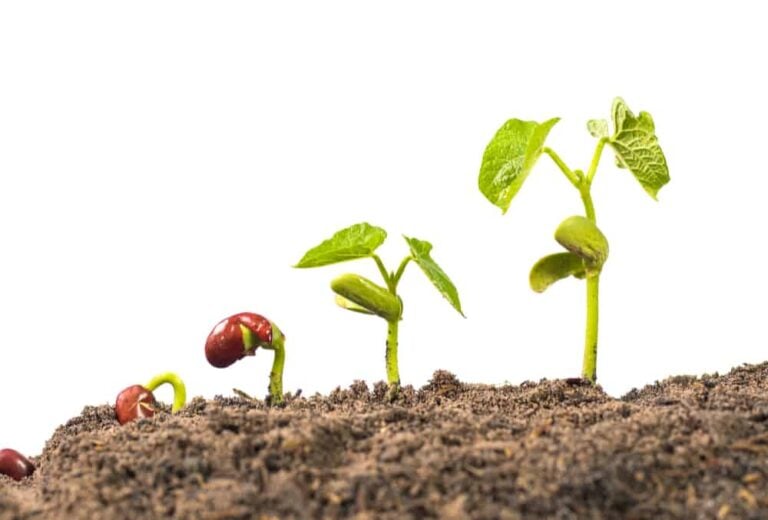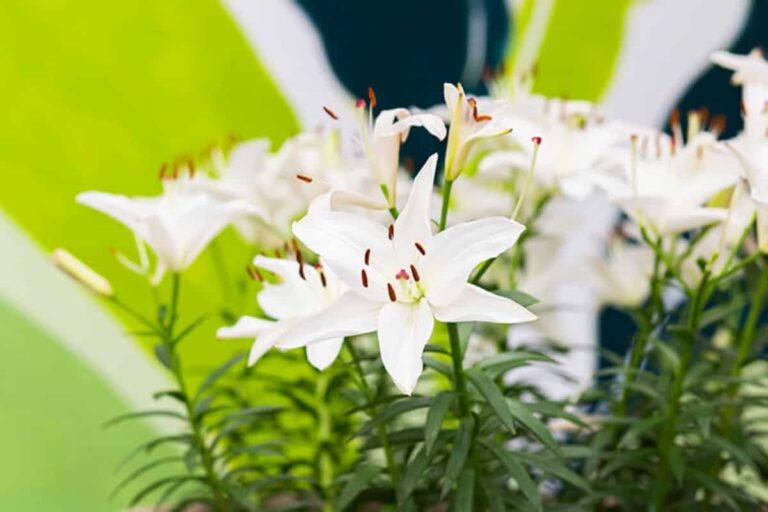Top Tips for Conquering the Lucky Bamboo
Are you feeling lucky? The Lucky Bamboo graces many homes as a good luck charm and it’s a vital element in Feng Shui. Easy to grow and maintain, its unusual twisted stalks provide a great conversation piece or addition to your home décor. And you’ll be doubly lucky if you received a lucky bamboo plant as a gift.
Even if you set your lucky bamboo plant aside and rarely water or fertilize it, these hardy plants will stick around for awhile.
What You Should Know About Lucky Bamboo
These plants may be sold under a variety of names, including, Chinese Water Bamboo, Friendship Bamboo, Curly Bamboo or Ribbon plant.
Most lucky bamboo plants are grown in China or Taiwan. The growers twist the bamboo plant’s stalks into various shapes. Crazy plants with dozens of stalks intertwined are quite expensive, but affordable small pots are available in gift shops and online.
The lucky bamboo isn’t a Bamboo plant. It’s a member of the Lily family, with the official botanical name Dracaena sanderiana.
Caring for a Lucky Bamboo Plant
Smaller lucky bamboo plants often sold on a bed of pebbles submerged in water with no soil. They grow best when submerged in water, so keep stems resting in distilled water or rainwater.
Fertilize every other month with a weak solution, preferably one for aquatic plants. If the plant looks healthy, skip fertilizing unless the Lucky Bamboo shows signs of wilting.
Like most Dracaena plants, Lucky Bamboos need clean water, free of fluoride and chlorine. Chemically-treated water turns the plant’s leaves brown or yellow. Change the water in your plant’s tray or container every two weeks. You won’t need to change the stones or pebbles that often.
Fluoride in small amounts is toxic to lucky bamboos and other dracaenas. Buy distilled bottles of water for plants. Fluoride can build up in your Lucky Bamboo. Even if you start watering plants with distilled water, your plant may still show signs of damage. This won’t be as pricey as you think since most bamboo plants are small and need a lot of water, so few small bottles take care of them for awhile. (source)
Sunlight and Temperature
Although easy to care for, Lucky Bamboos are prone to tip burn. If your plants have dry, dead tips, you should move the plant to a more humid area, like a bathroom or a hall next to laundry room.
Keep your plant out of direct sunlight. Too much sun scorches the leaves. Delicate, filtered sunlight, the kind a plant receives when under a canopy outdoors or placed near a sheer-curtained or tinted window, will suffice. Excess sun turns leaves brown and eventually burns them.
Lucky bamboo plant like warm temperatures, between 65 and 90 F. Keep away from heating or air conditioning vents.
Planting Lucky Bamboo in Soil
Most of the small lucky bamboo plants in gift shops or stores and grown in water. But what about growing a Lucky Bamboo in the soil? Will this help or harm the plant?
It depends on how carefully you handle the plant and the soil. Most sellers grow bamboo in water to prevent it from drying out since it’s difficult to keep the soil wet enough to sustain the plant.
If you decide to plant (or replant) your Lucky Bamboo in soil, use wet, almost swampy soil without pre-fertilizer in the mixture. The Dracaena sanderiana naturally grows in the dense underbrush in the West African country of Cameroon and gets little direct sunlight. For a healthy Lucky Bambo plant, you want to replicate that environment as much as possible.
The video “How to Repotting Lucky Bamboo Plant Five Bamboo Stalks Emotional Mental Physical Spiritual” from the Luli Hobbies YouTube Channel demonstrates how to repot those plants and examines the meanings of different numbered stalks.
Pruning and Propagating Lucky Bamboo
As your lucky bamboo grows too big for your space, cut it down to the desired height, and new leaves will appear near the point you cut.
Don’t get too enthusiastic about keeping the plant at a particular size. All that lopping off will make the stem get wide and lose its slender charm. To make growing stem twist into a spiral, position the plant, so it gets light from only one direction. Turn the plant to get light focused on the other areas.
Unlike the bonsai, lucky bamboo plants aren’t shaped with wire and decorative trimming. The plants are often grown on their sides to cause spirals, or rotating the plant under a three-sided box
Feeling artistic? Cut the entire offshoot against the central stalk. The stalk will have a tan scar, and new growth might not appear. Propagate new plants with the cuttings, and trim leaves so you can see the growth node. If you do cut the central stalk, new shoots will grow below the incision.
Cut offshoots instead of the central stalk using sterile snippers. Snip within one or two inches of the main steam. When new shoots emerge, they’ll be a lot bushier. If you dot want lots of new growth, apply paraffin to the spot where you made the cut.
Once you’ve trimmed your mature bamboo, root the cuttings in water. Take the trimmings, including one leaf joint and put them in distilled water. Once roots appear from the bottom of the stalk, transfer the plant to a container with wet pebbles or in a pot with wet soil.
Learn more about propagating your lucky bamboo plant in the video “Lucky Bamboo Propagation Tutorial” on the Lucky Bamboo Guy YouTube Video Channel.
When pruning the plant, save pieces to propagate new plants. Transfer to a new container pack Immerse in water (with pebbles or stones to keep stems upright) or potting soil, and you’ll get new living works of art to pose any way you like. If you’re superstitious, you might want to choose plants according to the meaning of the multiple stems on lucky bamboo plants. Include items with your plant to portray one or more feng shui elements (water, earth, fire and metal) to boost your luck.
Photo by Mi Planeta Personal licensed under CC BY-SA 2.0


